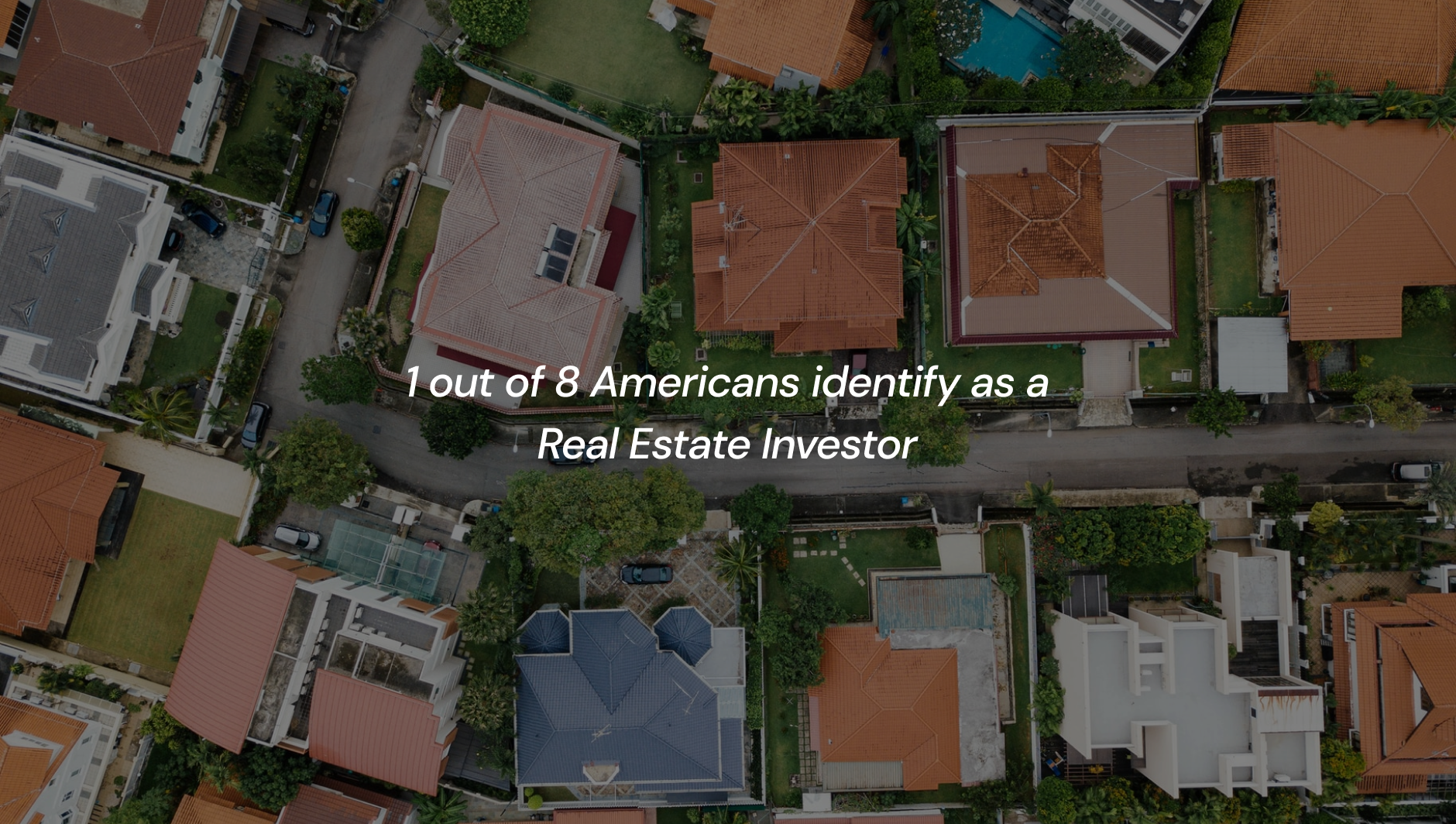
We all know a real estate investor in our lives - whether it's our parents, our aunt, a friend, or perhaps you are an investor yourself. Kiavi, formerly known as LendingHome, is a leading provider of financing to those investors. Kiavi is also known for providing modern tools and technology to help them succeed and scale their businesses.
Kiavi wants to continue to provide best-in-class technology to its customers which means that it needs to understand the investors' changing needs and wants throughout their investing journey. This is why Kiavi had approached the MHCI team and together, our 8-month long journey began with one problem to solve for.
Identify the unmet needs of real estate investors and design a solution that addresses those needs and help investors succeed
We approached our research through 2 phases - in the first phase, we acquired the foundational knowledge by listening to podcasts, YouTube videos from real estate gurus, and reading books on investing strategy. In the second phase, we met up investors in order to probe into their individual stories and uncover challenges they face during their investing journey.
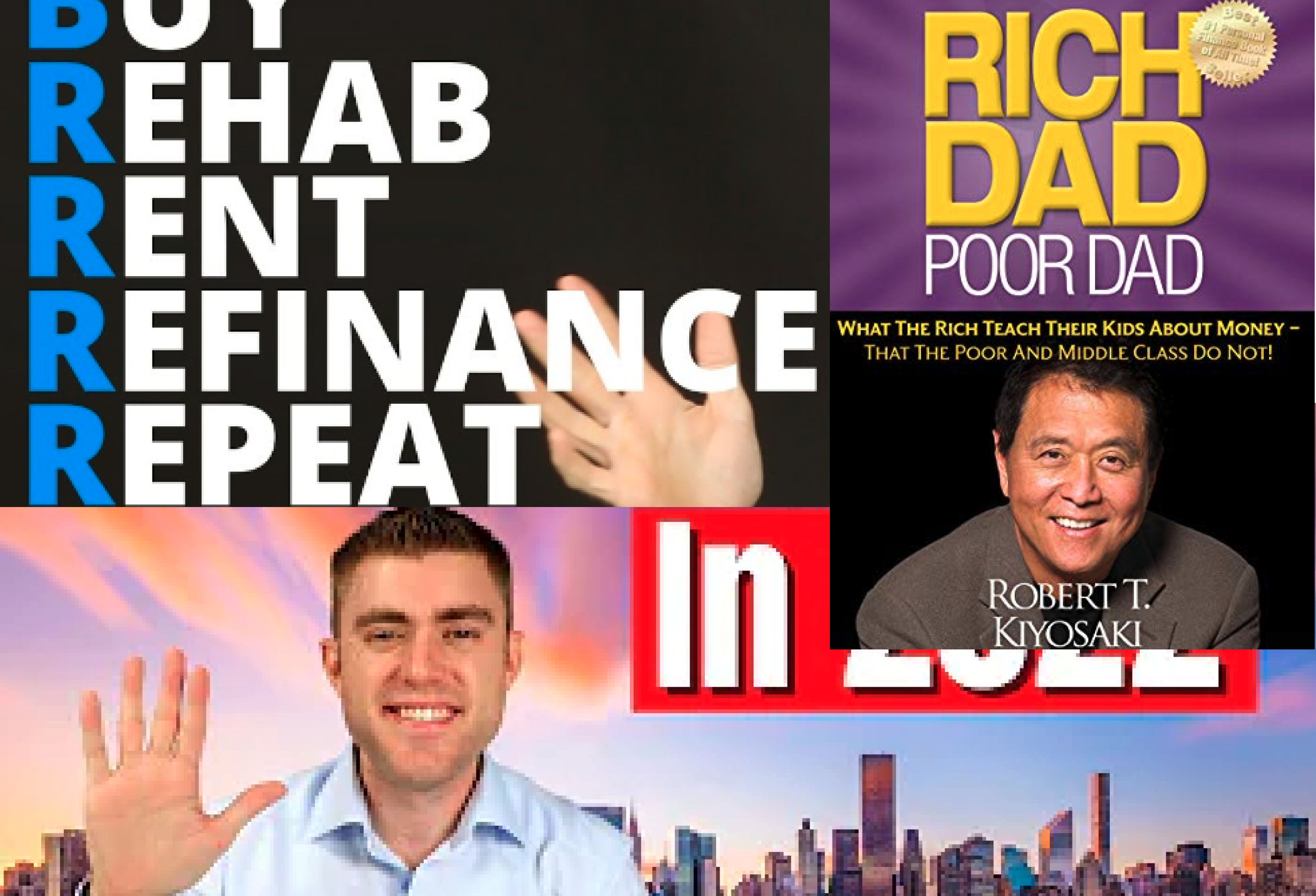


We began by doing scrappy research, a fast and low resource approach to quickly gather information. We listened to BiggerPockets podcasts, attended local investor meet ups and Kiavi webinars, had informal conversations with property managers, and conducted preliminary competitive analysis.
One thing that stuck out to us very early on in our research was that real estate is an industry primarily driven by relationships. To identify relationships that are the most critical to an investor, we developed a stakeholder map that outlines all the stakeholders involved in the process as well as the value flow between each of them.

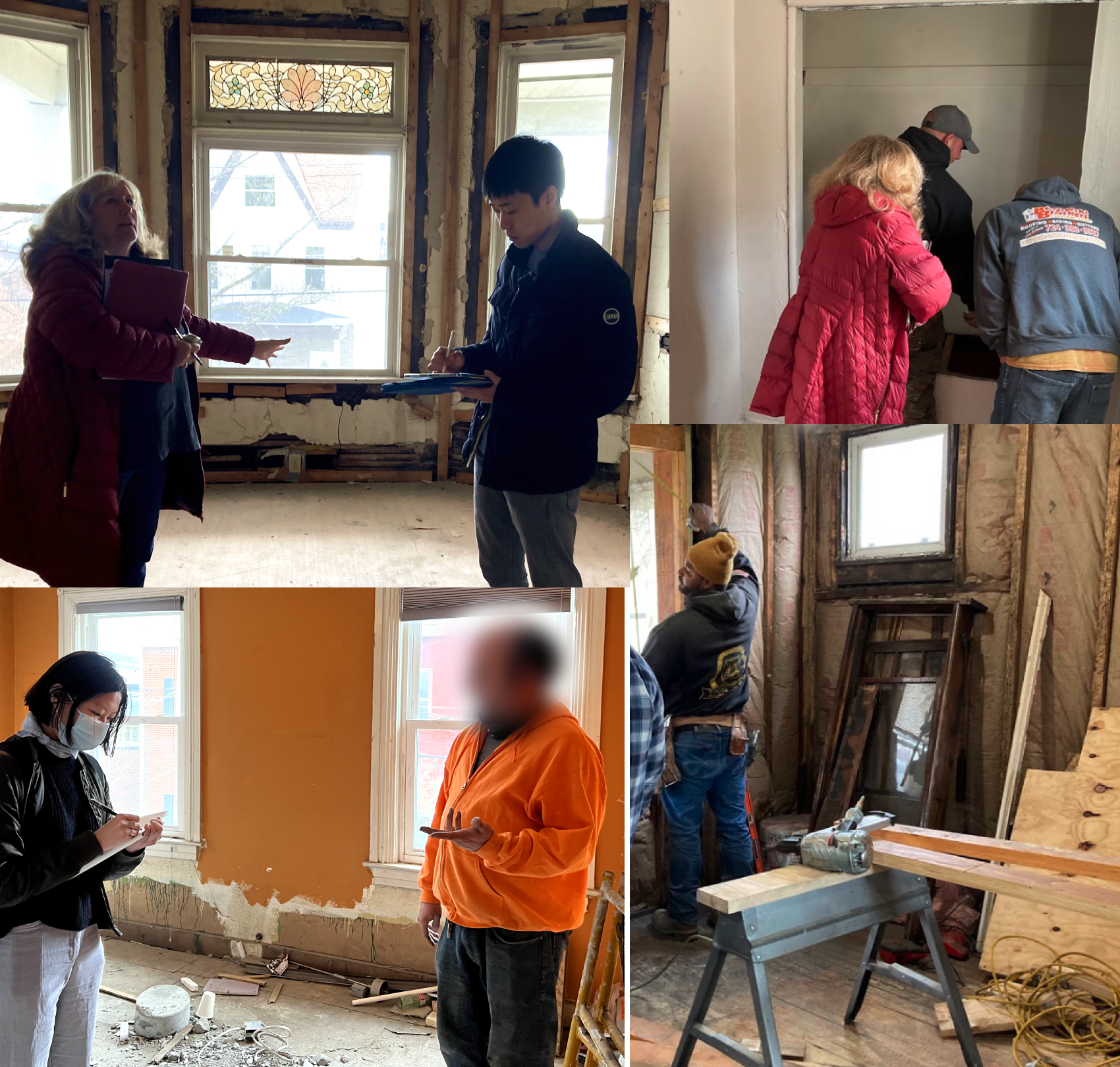
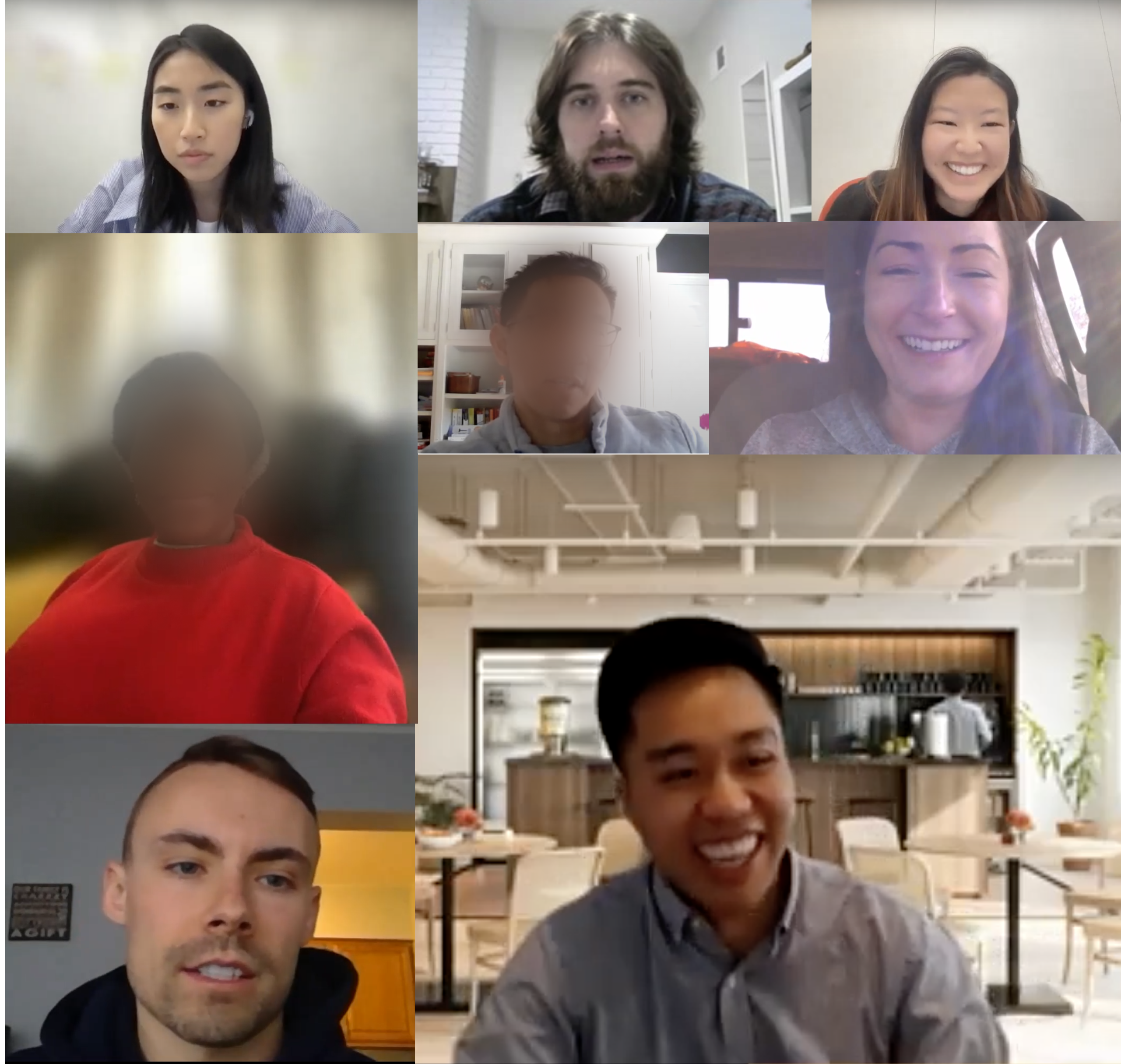
With a holistic understanding of how real estate investing works, we then began our second phase of generative research and dived deep into the investor’s emotion. We conducted multiple rounds of interviews where investors shared their experience and conceptual models of investing through directed storytelling and participatory journey mapping. We also conducted contextual inquiry, visiting investors in properties currently being rehabilitated.

We focused on identifying challenges that investors face in a typical investment project. By probing into their past experience and observing them in the context as they work, we uncovered their emotional state, identified hidden user needs and challenges at each point of the investing journey.

The team conducted research synthesis through affinity clustering. Discussing the potential root causes for investors challenges led us to challenge several preconceived notions about investing. Research insights derived from our synthesis session were -
Investors need hyper-local knowledge about the property and its neighborhood. Without it, investors are prevented from pursuing deals outside of their comfort zone
Typically, investors invest in areas that they are most familiar with because they know what potential risks to anticipate and can prepare accordingly. In order to invest in unfamiliar areas, they require hyper-local knowledge (i.e., neighborhood reports, resident experiences, and future prospects) to gain confidence in exploring a wider range of investment opportunities

Out of all relationships, an investor's relationship with the general contractor is the most important yet the hardest to establish
Real estate is a relationship-driven practice. Of all the relationships, we found that it is especially difficult for investors to find qualified contractors because it is hard to gauge a contractor’s competency without first-hand experience. Moreover, there is often a misalignment between an investors’ goals and contractors' motivation
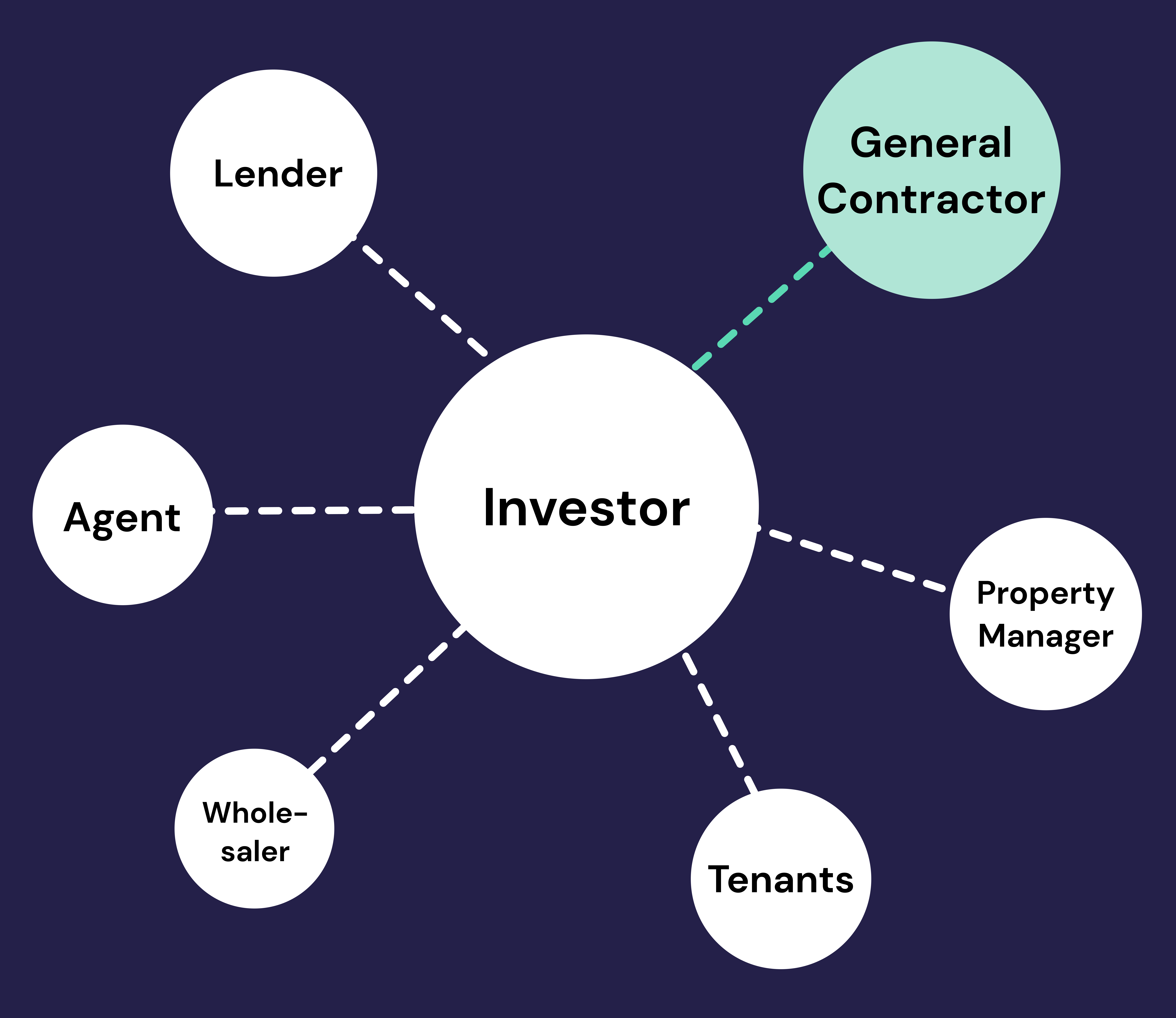
To maximize profits, investors must prioritize opportunities that add value to their properties and be flexible with their budget
Our initial assumption that investors attempt to minimize expenses above all else was partially disproved. Although being within set budget during rehab is essential, successful investors are comfortable spending more if they lead to higher return on investment (ROI). Such opportunities often involve kitchen renovation, curb appeals, and other amenities like rooftop. However, having the eye for value come only with years of experience (e.g., knowing which countertops are in demand for a particular class of property in one city) and being up to date with market demand

Finding quality deals is difficult. Investors need to widen the top of their search funnels using various sources and need an effective filter (=definition of success) to select only the deals that work for them
When asked about the biggest challenges, finding quality deals consistently ranked the highest in our participants. But the problem with finding deals is not that it’s inherently difficult, it is about finding a niche and spending time to generate leads.

Based on our insights, we discovered six opportunity areas and brainstormed potential solution ideas, which were conveyed through the storyboards below.
Investors require hyper-local knowledge (e.g., neighborhood reports, resident’s experiences, and future prospects) to thoroughly evaluate investment opportunities in an unfamiliar area. With a GPS-style web page that contains varying categories of market data, investors will be more likely to invest in properties outside their comfort zone

Many different variables affect the future cash flow of a property, some of which are hard to predict beforehand. With a comprehensive report of different metrics that can used to assess an investment’s potential and an ML model to predict the outcome, investors can calculate their future cash flow with more confidence

Motivated sellers are great connections for investors because they want to close fast and are willing to negotiate. If investors have access to a platform where properties listed by such sellers are highlighted, they are more likely to quickly spot the right properties to invest

Given the vast number of processes, deadlines, and documentation required to purchase and manage a property, investors often forget important information. With an online software that acts as an assistant, investors could find it easier to keep track of their progress

Cosmetic additions to a property such as kitchen renovation, outdoor landscaping, and amenities increase the property value significantly. Through recommendations, predictions, and modeling generated from Kiavi’s proprietary data, investors can make informed decisions that help make their properties more attractive to tenants and buyers

Along with many other relationships that investors pursue during their journey, finding and building a trustworthy relationship with a reliable contractor is crucial. With an online marketplace for finding contractors through remote rehab tours and digital bidding, investors can vet contractors and find one that meets their budget and expectations

Our research has paved the way for next phase of the design methodology which is ideation and prototyping. With the support and guidance from the Kiavi team and validation from real investors, we will continue to make progress by prioritizing one opportunity area and parallel prototyping viable solutions that effectively address a challenge confronting the investors.
As we move into the summer semester, we plan to develop higher fidelity designs and validate with wider audience to ensure that our end solution not only leads to meaningful impact on the investors’ journey but also achieves the business goals for Kiavi. Our team is excited to build off our great foundational work and kick off the next phase of the project.